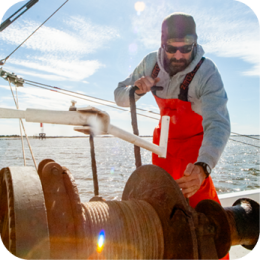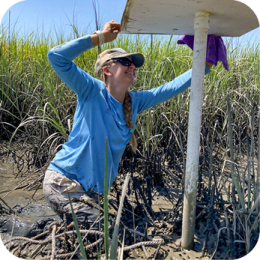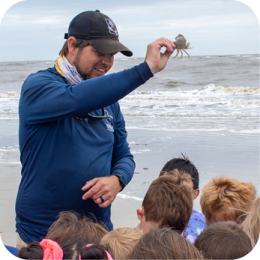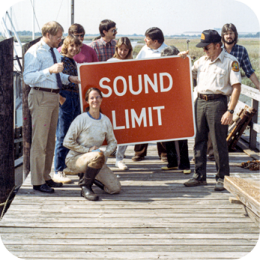This serves as notification from the Coastal Marshlands Protection Committee and the Georgia Department of Natural Resources of a request from Georgia Department of Natural Resources, Coastal Resources Division for a Coastal Marshlands Protection Act (CMPA) permit under Official Code of Georgia (O.C.G.A.) 12-5-280 et seq., to restore and enhance oyster reefs at multiple locations throughout multiple counties in coastal Georgia.
CMPA Permit #600 was issued to the Department of Natural Resources on February 27th, 2009, that allowed for the restoration and enhancement of oyster reefs across coastal Georgia. Requirements of the permit were such that restoration/enhancement sites were to be located within intertidal areas of sounds, rivers, and tidal creeks and located adjacent to upland properties owned by the State of Georgia or local municipalities. For each project, the applicant provided the Department with the specific locations, dimensions, and scientific method of each individual project footprint for approval prior to its installation. CMPA Permit #600 has expired. The applicant is seeking a new permit to continue oyster restoration and enhancement work with additional flexibility for habitat restoration scenarios and deployment methods.
The applicant proposes to promote the recruitment of wild oysters through the establishment of new reefs or enhancement of existing reefs in state waters through four goals:
1. Restore habitat by the creation of "essential fish habitat"
2. Enhance existing reefs
3. Promote shoreline stabilization
4. Improve water quality
Reefs will either be constructed in the inter-tidal zone typically within 20 feet of the adjacent vegetative edge, or in subtidal areas with adequate water. All sites will be situated in a manner that will not impede navigation within these waterways.
Three general reef types are proposed: intertidal, subtidal, and oyster dam. Intertidal reefs will be constructed between Meal Low Water (MLW) and the edge of the marsh on sand or mud flats. Subtidal reefs will be constructed in waterbodies with sufficient depth to provide a minimum of 8ft. of clearance over the reef at MLW and will not be constructed in Federally maintained waterways such as the Intercoastal Waterway and shipping channels. Oyster dams were not previously permitted under CMPA Permit #600 but provide additional ecosystem services as compared to the previously described reefs. Oyster reef dams are present naturally, but observations by resource managers indicate that the frequency of this type of reef occurring naturally is in decline and so management actions are proposed to counter this trend.
All locations, waterway distances, depths, widths, scientific methods, and square footage of impact to coastal marshlands will be provided for each individual project prior to its approval.
The applicant has stated that there is no upland component associated with the proposed Oyster Reef Enhancement Projects.
It is the responsibility of the applicant to demonstrate that the project is not contrary to the public interest and that no feasible alternative sites exist. Impacts to coastal marshlands must be minimal in size. In passing upon the application for permit, the Coastal Marshlands Protection Committee shall consider the public interest: (1) Whether or not unreasonably harmful obstruction to or alteration of the natural flow of navigational water within the affected area will arise as a result of the proposal; (2) Whether or not unreasonably harmful or increased erosion, shoaling of channels, or stagnant areas of water will be created; and (3) Whether or not the granting of a permit and the completion of the applicants proposal will unreasonably interfere with the conservation of fish, shrimp, oysters, crabs, clams, or other marine life, wildlife, or other resources, including but not limited to water and oxygen supply.
A detailed public notice with drawings has been distributed and is available by visiting the Department of Natural Resources website: CoastalGaDNR.org under “Public Notices”
Please provide this office with substantive, site-specific comments as to why the proposed work should or should not proceed. Comments and questions concerning this proposed project should be submitted in writing and be submitted by the close of business on May 14, 2022 to Dillon Richter, Department of Natural Resources, One Conservation Way, Georgia 31520 or via email at dillon.richter@dnr.ga.gov.







